|
The
Großglockner is the
highest mountain in Austria,
standing at an impressive 3,798
meters (12,461 feet) above sea level. Located in the
Hohe Tauern mountain
range in the central Alps,
the Großglockner is a
major landmark and a popular destination for mountaineers, hikers, and
nature lovers. Its towering peak and breathtaking scenery make it one of
the most iconic mountains in Europe.
Key Features of
Großglockner:
-
Location:
- The
Großglockner
lies in the Hohe Tauern
National Park, which spans parts of
Tyrol and
Carinthia in
Austria. It is situated close to the border between Austria and
South Tyrol in
Italy.
- The mountain is part of the
Großglockner Group,
a range of peaks that includes other notable summits such as
Kleinglockner
and Böses Weibele.
-
Climbing the Großglockner:
- The
Großglockner is
a popular peak for experienced
mountaineers.
The ascent to the summit is challenging and involves technical
climbing, glaciers, and exposed ridges. It requires proper
equipment, experience, and careful planning.
- The
Normal Route
(via the Stüdlhütte
and Kaiser
Franz-Josef-Höhe) is the most frequently climbed route,
but it is still a demanding ascent that requires good physical
fitness and mountaineering skills.
- For those who are not
experienced climbers, it is recommended to join a guided
expedition with a professional mountaineer.
-
Großglockner High Alpine
Road (Großglockner Hochalpenstraße):
- One of the most famous
attractions around the
Großglockner is the
Großglockner High
Alpine Road, a scenic toll road that offers
breathtaking views of the mountain and the surrounding
landscapes.
- This road is open from
May to October
and is one of the most popular tourist routes in Austria. It
climbs to an elevation of
2,571 meters
at Franz-Josefs-Höhe,
where visitors can enjoy stunning views of the
Großglockner
and the Pasterze
Glacier, Austria's longest glacier.
- The road offers several
scenic viewpoints, including
Heiligenblut,
Fusch, and
Kaiser-Franz-Josef-Höhe, where you can enjoy panoramic
views of the Alps.
-
Pasterze Glacier:
- The
Pasterze Glacier,
located on the southern side of the
Großglockner,
is Austria's largest glacier. It is a major feature of the
region and can be accessed from
Franz-Josefs-Höhe
via a walking trail that leads to the glacier viewpoint.
- The glacier has been
rapidly retreating over the past century due to climate change,
but it still offers an awe-inspiring sight for visitors. It is
also a popular spot for glacier hiking and mountaineering.
-
Hiking and Trekking:
- In addition to climbing,
the Großglockner
region offers numerous
hiking and
trekking trails that provide spectacular views of the
mountain, glaciers, and the surrounding alpine landscapes.
- Popular hiking routes
include:
-
The Glocknerweg:
A long-distance trail that takes you through the Hohe Tauern
National Park, offering views of the Großglockner and its
glaciers.
-
The Pasterze
Glacier Walk: A moderate hike that takes visitors
down to the
Pasterze Glacier from the
Kaiser-Franz-Josef-Höhe viewpoint.
-
The Salzburger
Almenweg: A hiking trail through alpine meadows and
past traditional mountain huts.
-
Wildlife and Flora:
- The
Hohe Tauern National
Park is home to a rich variety of flora and fauna. The
area around the
Großglockner is known for its
alpine meadows,
forests, and
glaciers,
supporting species such as
ibexes,
red deer,
chamois, and
a variety of alpine birds.
- The park is also home to a
wide range of
wildflowers, especially in the spring and summer months
when the meadows are in full bloom.
-
Großglockner High Alpine
Museum:
- Located at
Kaiser
Franz-Josef-Höhe, the
Großglockner High
Alpine Museum provides an informative and educational
experience about the mountain, the region’s natural history, and
its significance to Austria's tourism and mountaineering
culture.
- The museum offers exhibits
about the history of climbing the
Großglockner,
the effects of climate change on the glaciers, and the geology
of the Hohe Tauern
mountains.
-
Best Time to Visit:
-
Summer (June to
September) is the best time for hiking, scenic drives,
and sightseeing. This is when the
Großglockner High
Alpine Road is open, and the trails around the mountain
are accessible.
-
Winter (December to
March) is ideal for those interested in winter sports,
but keep in mind that the higher elevations may be covered in
snow and ice, making access to certain areas more challenging.
-
Spring and Autumn
can be quieter and offer a different perspective of the region
as the landscapes change with the seasons.
-
Access and Transportation:
-
By Car: The
Großglockner High
Alpine Road is the most popular way to reach the
mountain and is accessible by car from nearby towns such as
Zell am See
and Kaprun.
The road is open during the warmer months (May to October).
-
By Bus: There
are public bus services that operate in the summer months along
the Großglockner High
Alpine Road.
-
By Train: The
nearest railway stations are in
Zell am See
or Kaprun,
from where buses or taxis can take you to the
Großglockner
area.
In Summary:
The
Großglockner is an
iconic and breathtaking mountain that offers a variety of outdoor
activities, from mountaineering and hiking to scenic drives and wildlife
watching. It is a must-see destination for those who love nature,
adventure, and alpine beauty. Whether you want to challenge yourself
with a summit climb, enjoy a peaceful hike, or simply take in the views
from the Großglockner High
Alpine Road, the region offers an unforgettable experience.
|
|
 Safaris
Bergsteigen
Wandern
Inselwandern Weltweit
Safaris
Bergsteigen
Wandern
Inselwandern Weltweit
 Europa
Inselwandern
Europa
Inselwandern
 Städtewandern
Städtewandern
 Paintings
Paintings Dirk Rauschenbach
Dirk Rauschenbach
 Safaris
Bergsteigen
Wandern
Inselwandern Weltweit
Safaris
Bergsteigen
Wandern
Inselwandern Weltweit
 Europa
Inselwandern
Europa
Inselwandern
 Städtewandern
Städtewandern
 Paintings
Paintings Dirk Rauschenbach
Dirk Rauschenbach
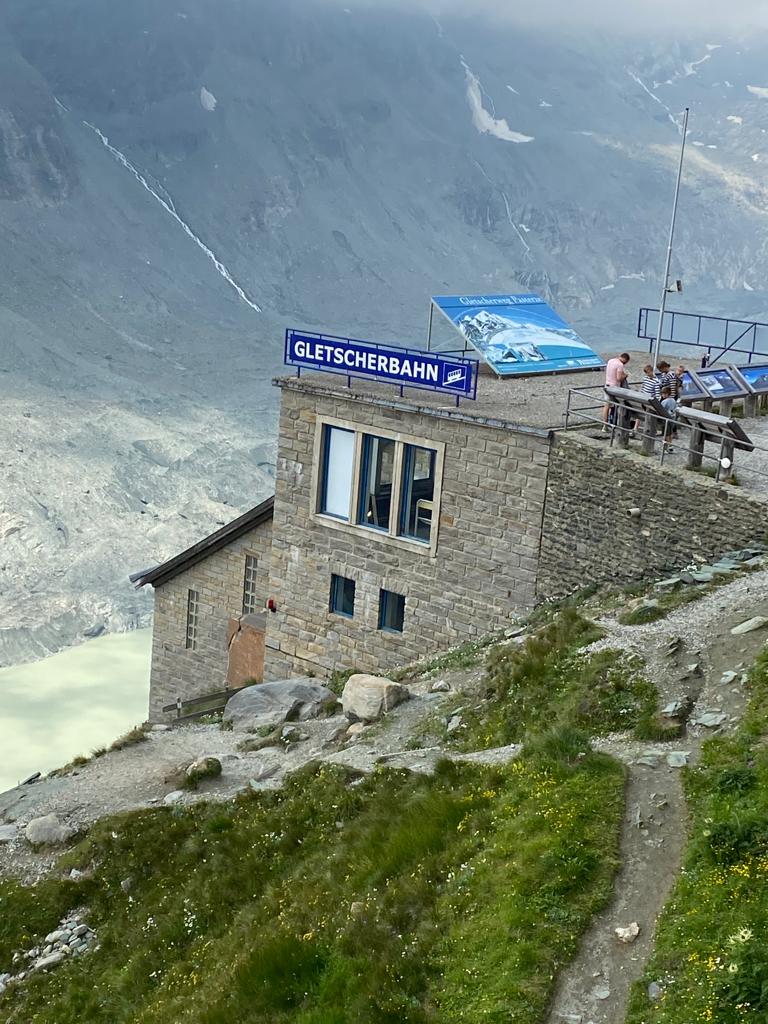

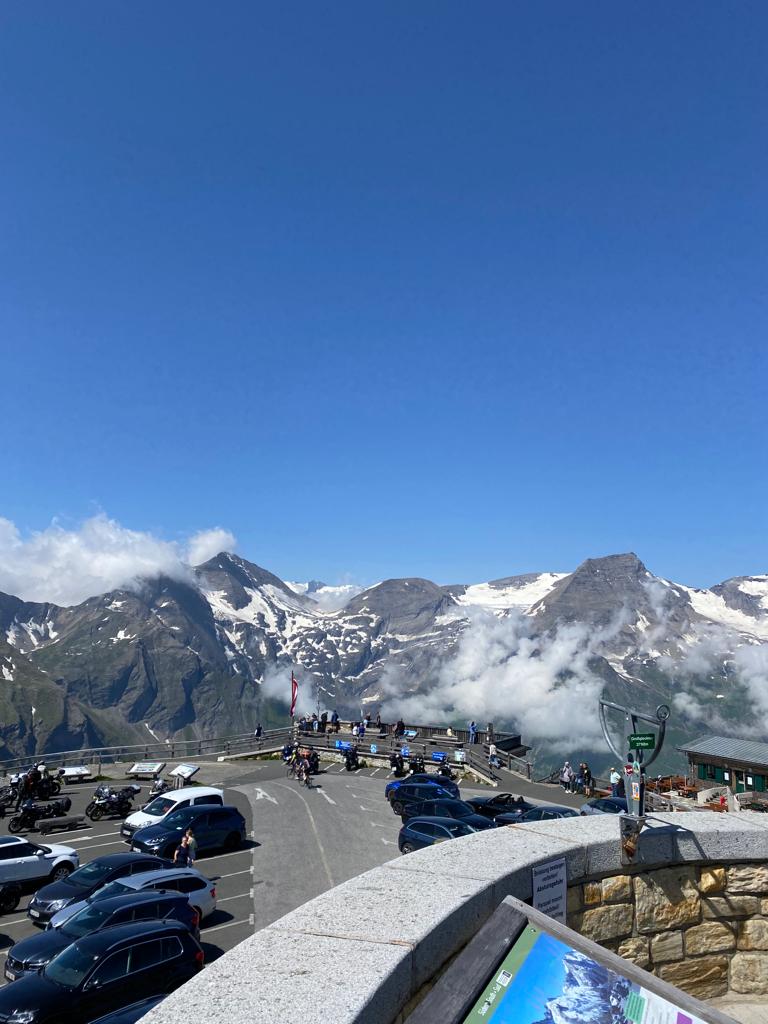
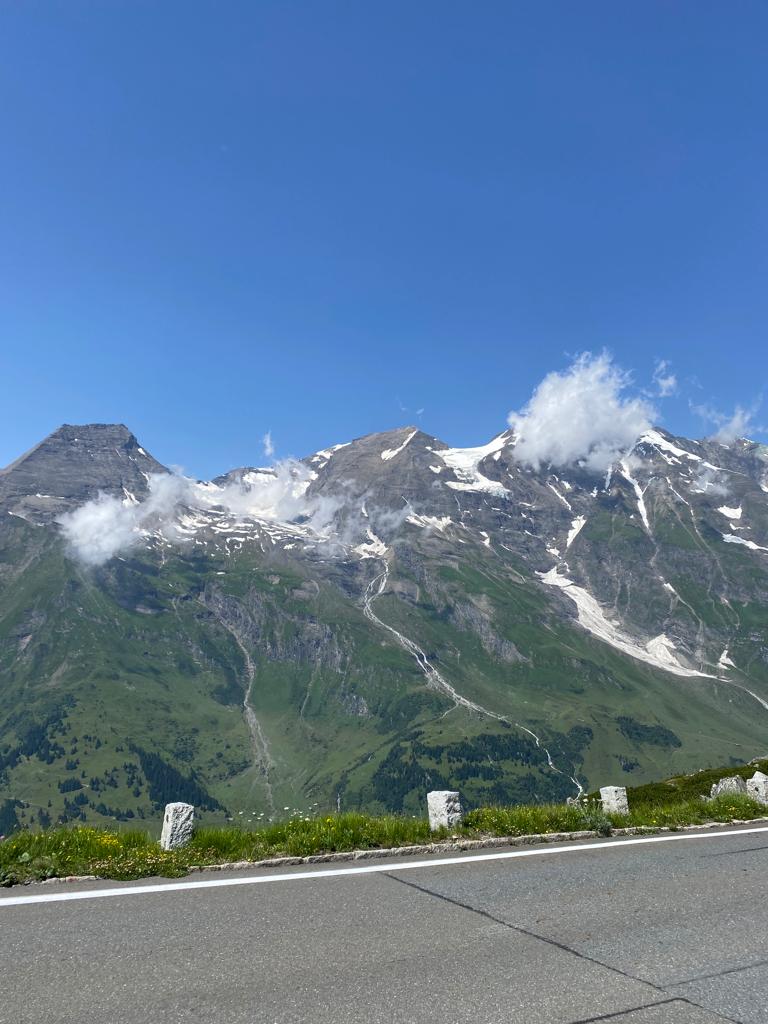
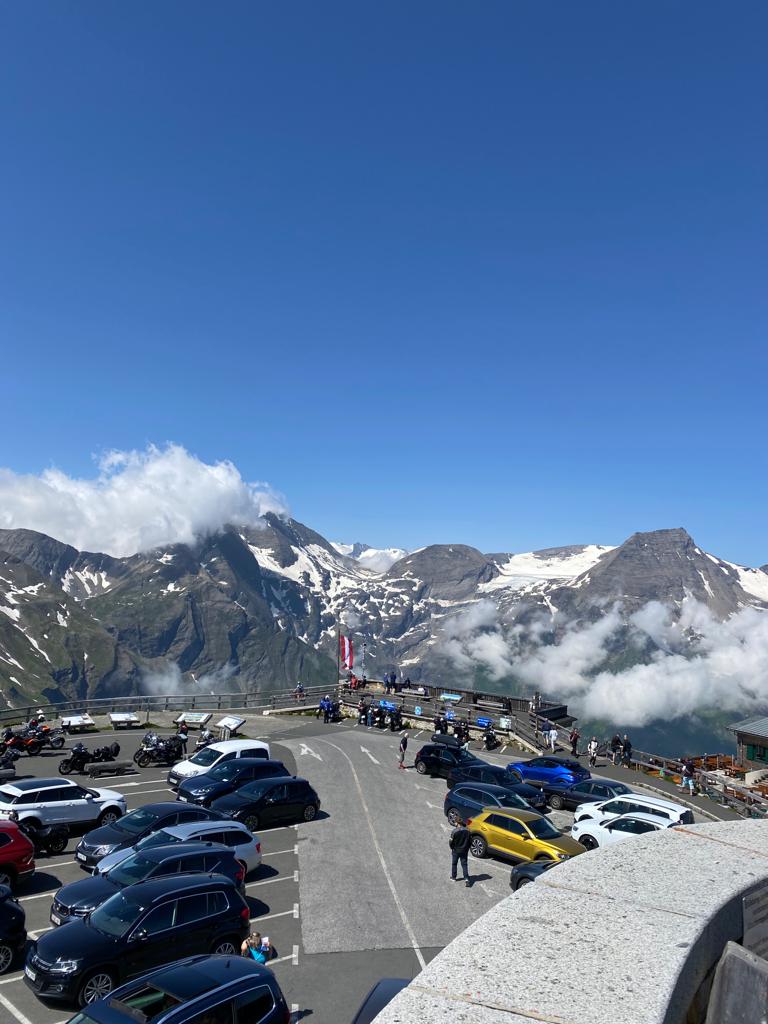
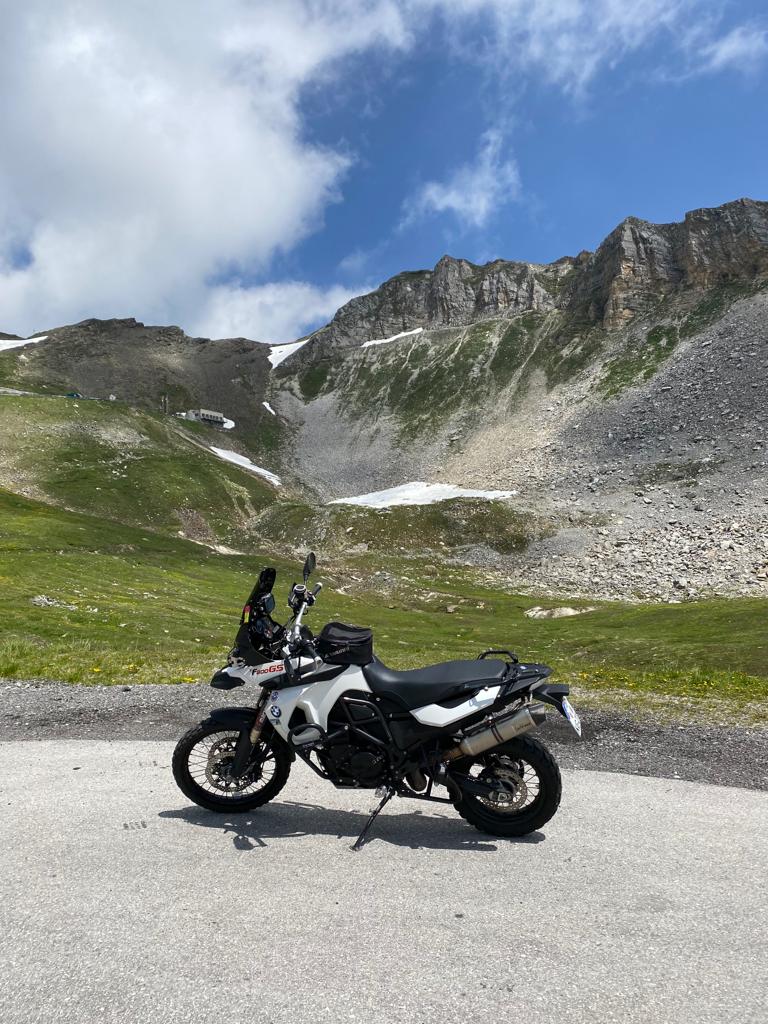
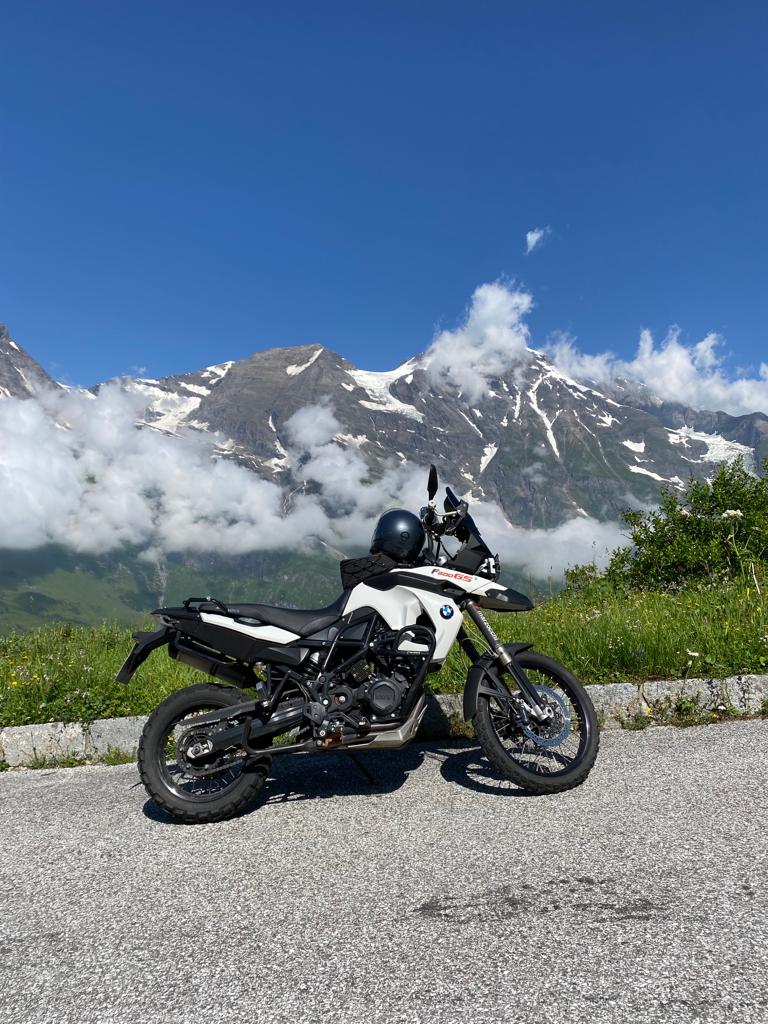
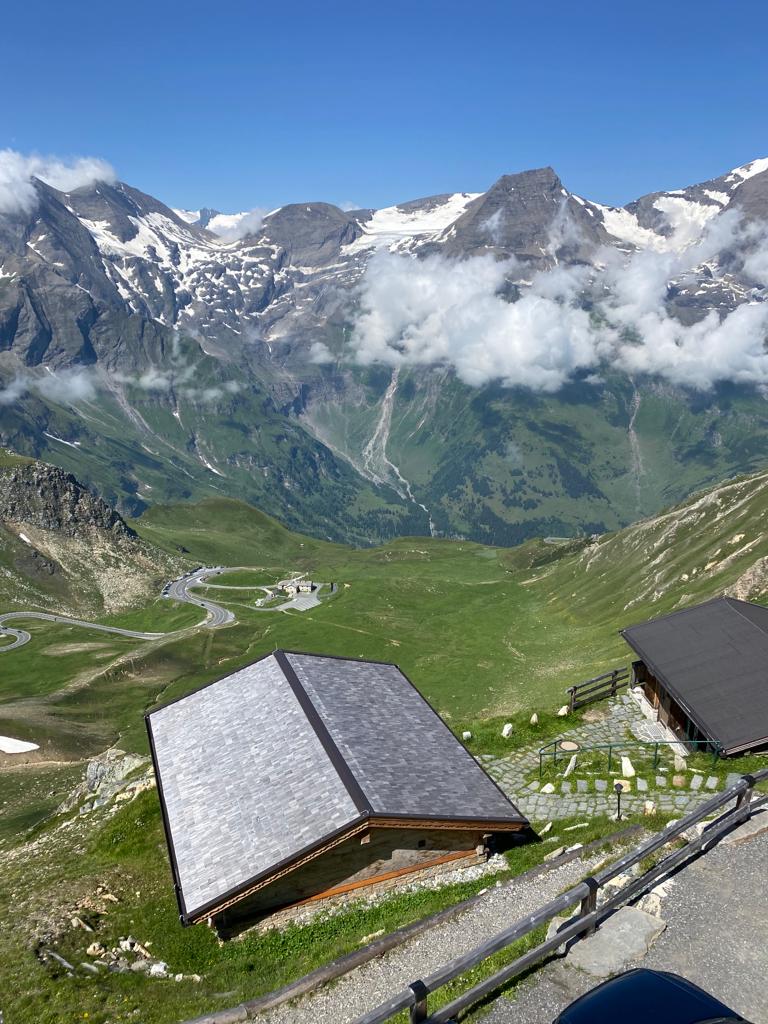
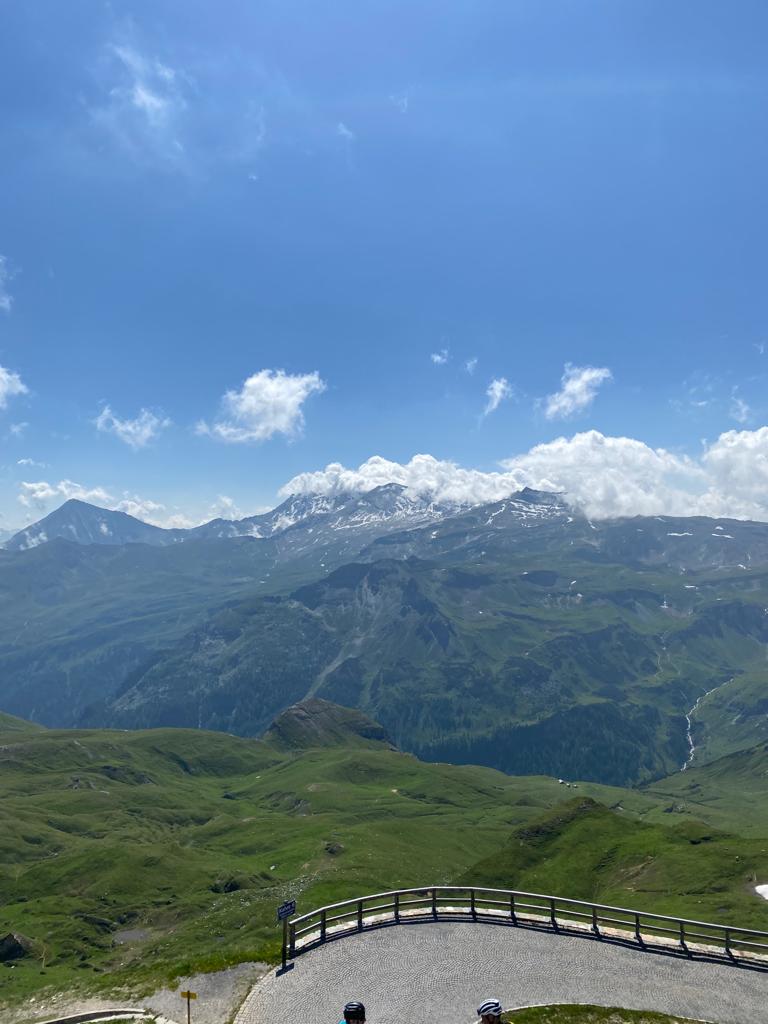
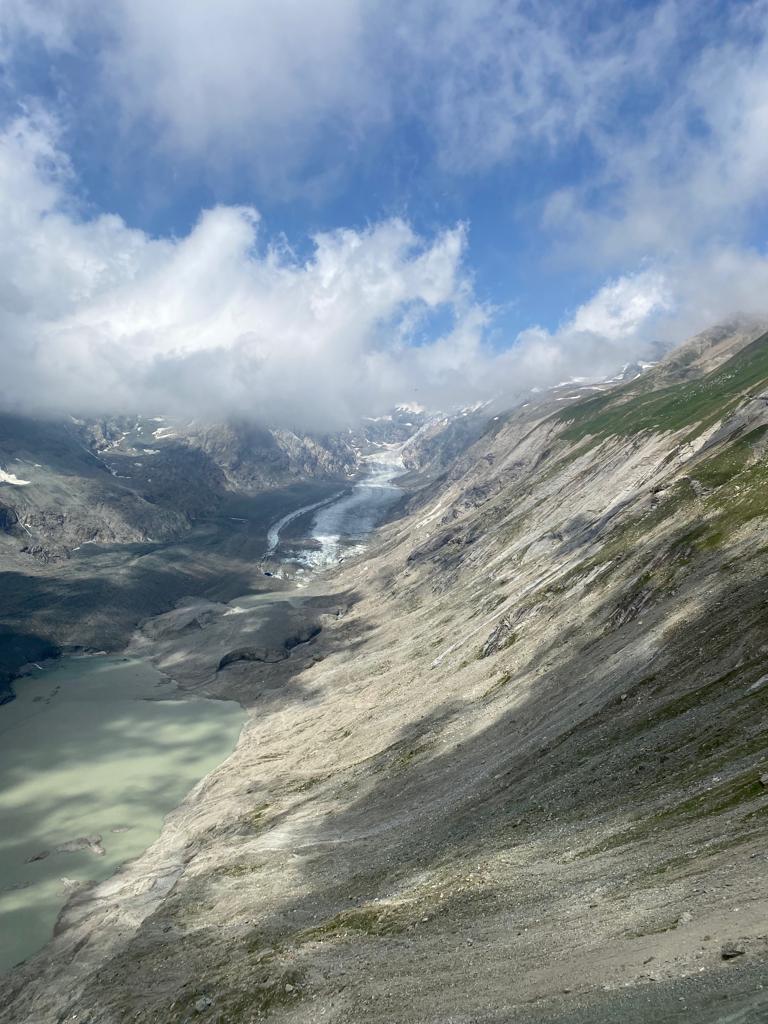
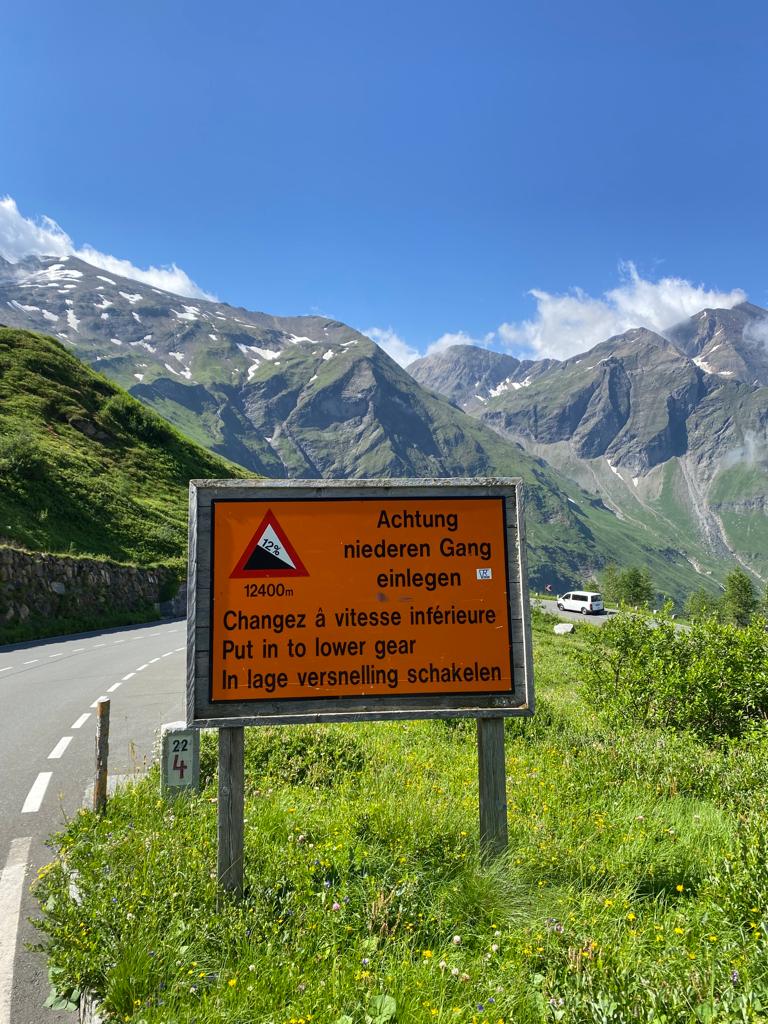
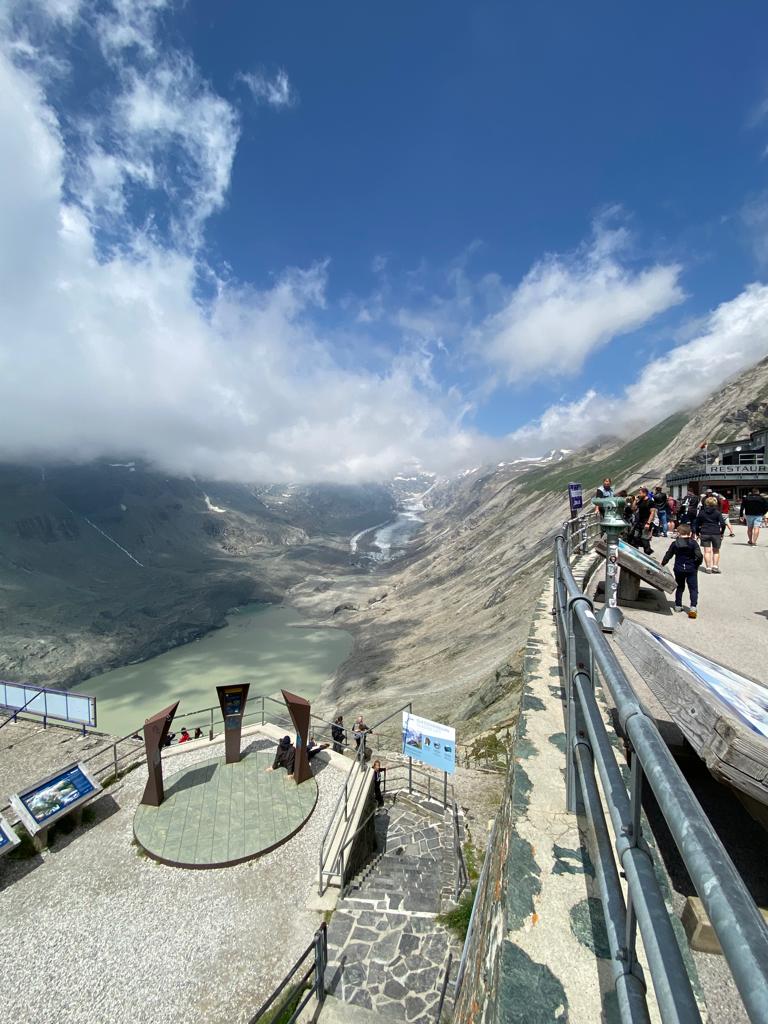
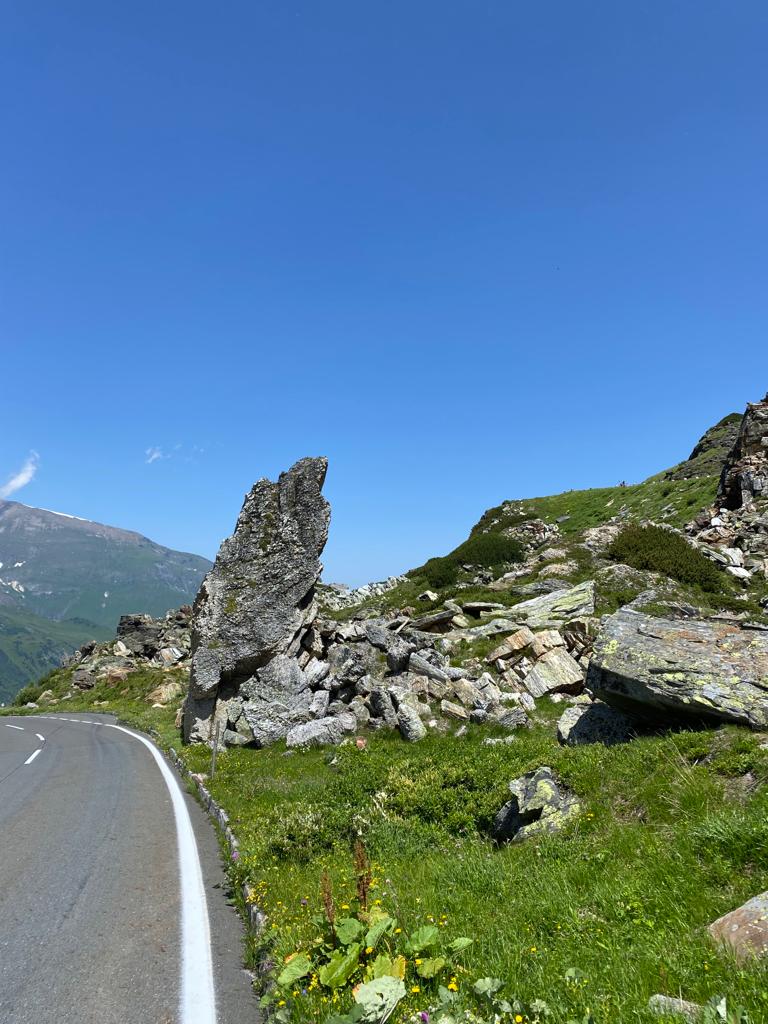

![]() 26.07.25 Copyright Dirk
Rauschenbach Koelnerstrasse 293 51702 Bergneustadt
Datenschutzerklaerung 02261 9788972 Mail ccooly(
at) web.de
26.07.25 Copyright Dirk
Rauschenbach Koelnerstrasse 293 51702 Bergneustadt
Datenschutzerklaerung 02261 9788972 Mail ccooly(
at) web.de